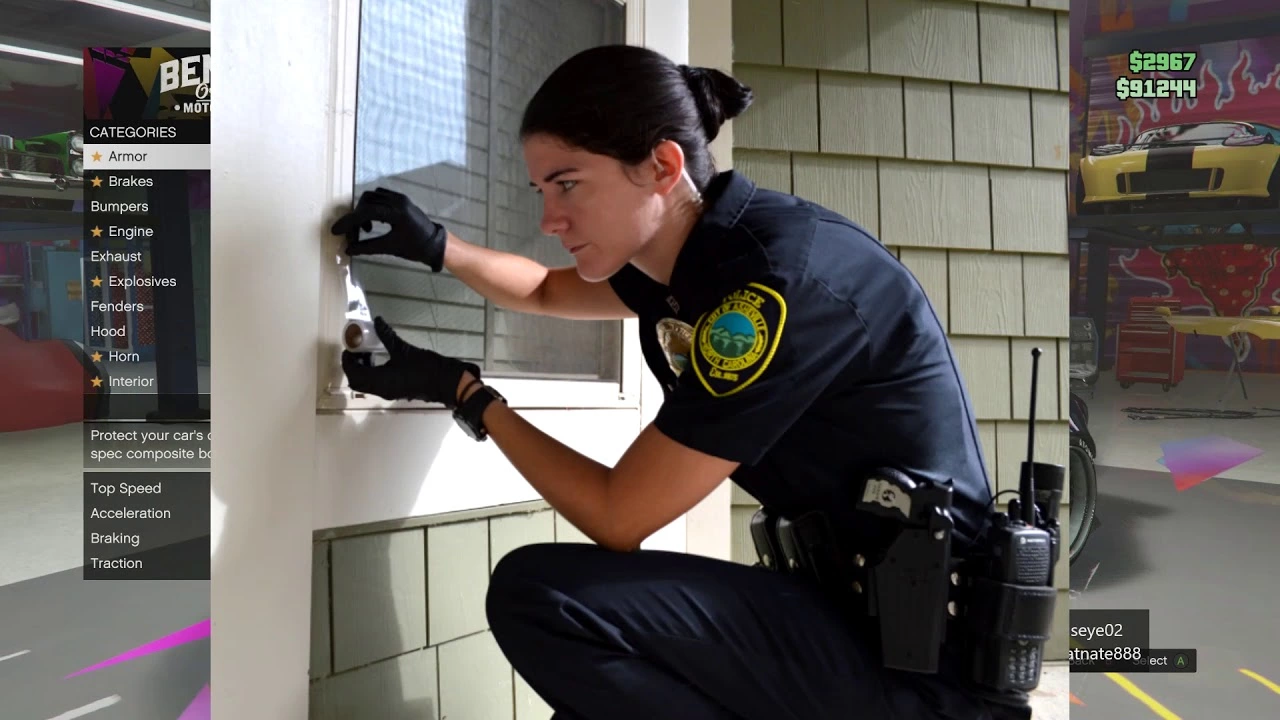Frequency in Telecom: Why It Matters for Your Business
Ever wonder why your phone call drops when you walk into a tunnel or why a Wi‑Fi network slows down during a big meeting? The answer is simple – it’s all about frequency. Frequency is the number of times a radio wave oscillates per second, and it decides how far a signal can travel, how much data it can carry, and how easily it gets interfered with. In plain terms, picking the right frequency is like picking the right lane on a highway – you want a lane that’s clear, fast, and safe.
Understanding Radio Frequency Basics
Radio frequencies are measured in hertz (Hz). In telecom, we talk about megahertz (MHz) and gigahertz (GHz). Lower frequencies (like 700 MHz) can travel farther and penetrate walls better, making them ideal for rural areas or indoor coverage. Higher frequencies (like 3.5 GHz or 5 GHz) carry more data, which means faster internet, but they struggle with obstacles and have shorter range.
Think of low‑frequency bands as a strong, steady voice that can be heard from the back of a stadium, while high‑frequency bands are like a whisper that’s crystal‑clear up close but fades quickly.
Choosing the Right Frequency for Your Needs
If you run a small office in a city center, you probably want higher bands. They give you the speed needed for video calls, cloud apps, and big file transfers. Just make sure your building isn’t full of thick concrete that could block the signal.
For a chain of stores spread across a state, low‑frequency bands are a smarter bet. One tower can cover a larger area, saving you money on hardware and maintenance.
Regulation is another piece of the puzzle. The government allocates specific bands for different services, and you’ll need the right license to use them. Working with a telecom partner who knows the local spectrum rules can keep you out of trouble and help you get the best price.
Cost also follows frequency. Lower bands usually cost more because they’re scarce and highly demanded. Higher bands are cheaper but may require more cell sites to achieve the same coverage. Balance your budget with the performance you need.
Finally, think about future growth. 5G is rolling out on mid‑band (around 3.5 GHz) and high‑band (mmWave) frequencies. If you plan to adopt 5G soon, consider equipment that can handle those bands now, so you don’t have to replace everything later.
Bottom line: frequency isn’t just a tech term – it’s the backbone of your connectivity. By matching the right band to your location, budget, and future plans, you can boost reliability, speed, and savings for your business.

How often are hit-and-run cases solved?
Alright folks, buckle up because we're diving into the wild world of hit-and-run cases! Now, you'd think with all our fancy tech these cases would be solved quicker than a cheetah on a treadmill, but it's not always that speedy. On average, it seems only about half of hit-and-run incidents find resolution. That's right, it's like flipping a coin, heads they catch the bad guy, tails they're still on the lam. So, next time you see a crime drama solving a hit-and-run in a single episode, remember, it's not always that easy-peasy-lemon-squeezy!